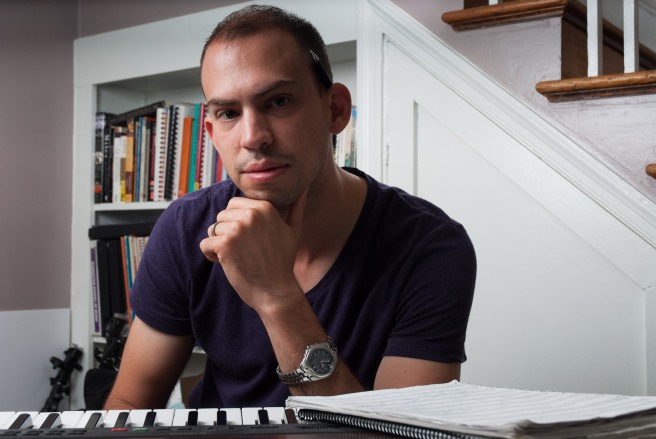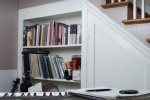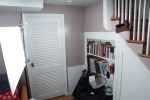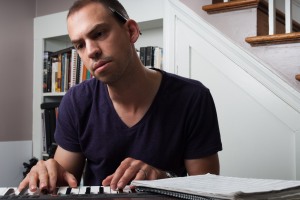
I read several other photographers’ blogs on a regular basis. Some of my favorites are by David Hobby, Joe McNally, Zack Arias, and David Tejada. These, among others, serve for inspiration and encouragement. Very often, I’ll try to practice a new lighting technique that I’ve read about in order to expand my knowledge and skills.
With that in mind, I recently tried to experiment with a technique that David Tejada used to photograph a marching euphonium player. Trust me, that’s about as good as a marching euphonium will ever look.
But seriously, is that a slick shot or what? And besides the orange-gelled speedlight on the background, that’s a single speedlight creating both the rim light and the key light. So I decided to attempt something like that on my own.

My house has practically zero usable white walls for such things, so I used a white poster board as my “wall.” Same idea, but just a little smaller bounce surface. Used in close, it still produces a pleasing soft light. I bungee-corded a speedlight (my trusty Nikon SB-24) to the stair railings behind me and a bit to camera right. It’s aiming at the bounce surface (serving as a key light), but also skimming off my back left side to create the subtle rim light.
The thing that can be a drag with this technique is trying to control the flare of the speedlight since it is essentially aimed back towards the lens. The best thing to do is to use a gobo (in this case, a piece of cardboard with a black cloth draped over it) on the speedlight to keep the raw light from flaring into the lens. In the photos below, you only notice a slight increase in contrast by using the gobo, because the flare wasn’t all that bad; though when I sat myself in the scene the flare got worse.



Another notable element to the light in this instance is that there is a pretty low white ceiling in the room which creates quite a bit of fill. You can see how much light is being reflected off of the bounce surface and back up into the ceiling, which then creates an overhead fill source.
Is this the type of lighting I would have normally gravitated to for this scene? Probably not, but I’m just experimenting.

I’ve been finding that photography is a lot like music. You just have to keep practicing and stretching for more. I can guarantee you that I’m not anywhere close to stopping either!
